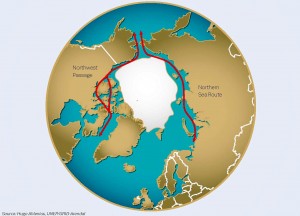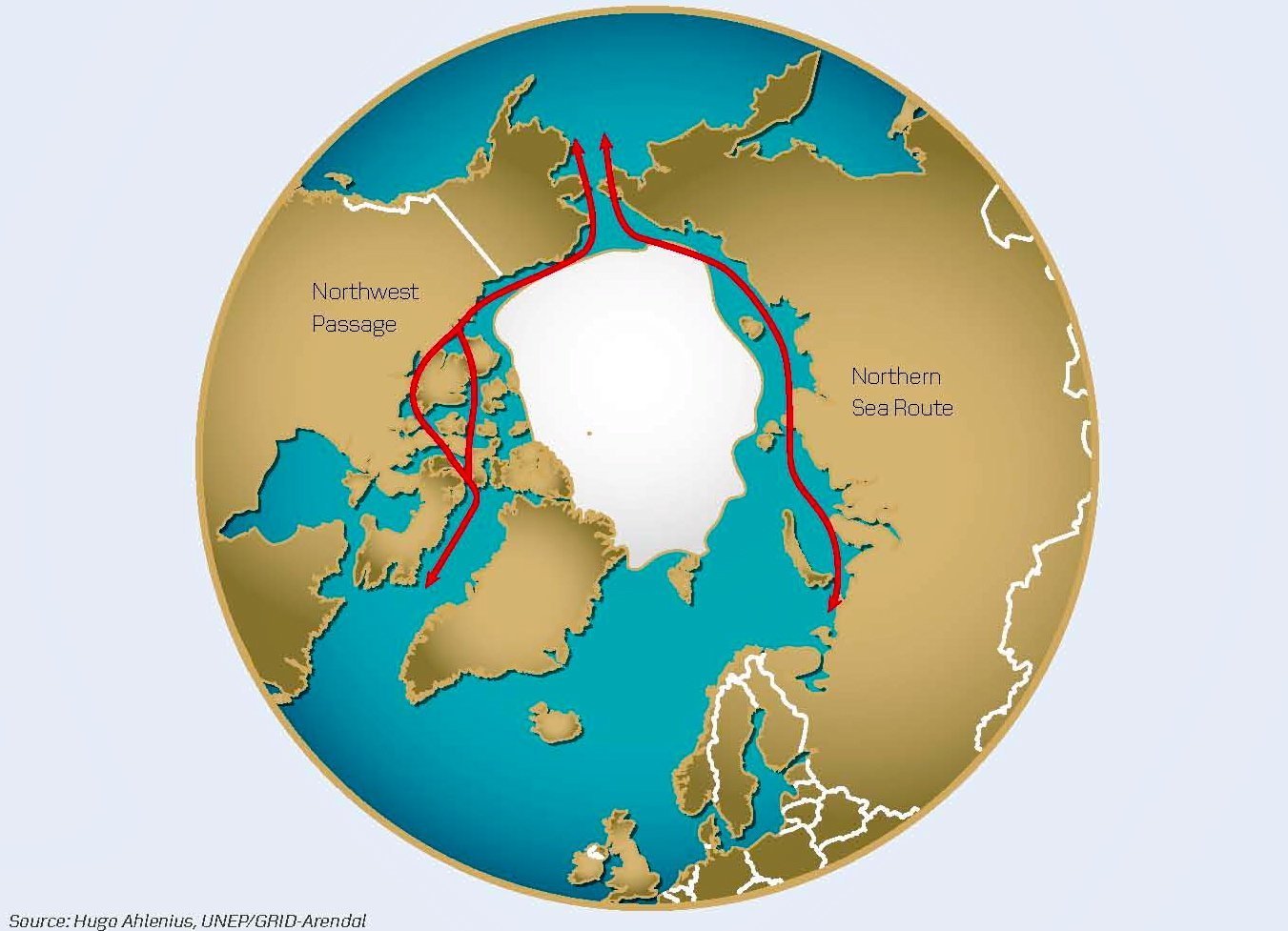12/13/2011 by Robbin Laird
Strategy without capability or a plan for crafting capability is vaporware. With significant wealth, power and eco-threats on the table, the Arctic 5 are in a pole position to shape an important part of the future. The Arctic is clearly an area in which presence assets, both surface and airborne, need to be networked to provide for maritime safety, security and search and rescue capabilities.
The 5 members of the Arctic Council – the Kingdom of Denmark, Norway, Canada, Russia and the US currently control in principle 80% of known Arctic resources in the 200-mile EEZs or Exclusive Economic Zones.
https://www.sldinfo.com/a-danish-perspective-on-the-challenge-of-arctic-security/
The Russians have a clear approach and agenda in the Arctic. They are clearly in advance of others and with significant investments in line. The Arctic dovetails with their overall global energy policy perfectly.
https://www.sldinfo.com/putin-seeks-arctic-riches/
The other four – Canada, Norway, Denmark and the United States – are all members of NATO and have more in common than divides them. The wealth in the region will allow Canada, Norway and Denmark to shape a procurement strategy to populate their strategy. At the heart of procurement is the need to build an Arctic capability, which can provide for maritime safety and security and search and rescue in difficult situations.

Also required is an ability to protect themselves from new threats introduced into the region such as foreign SSBNs using the water transit routes.
The 4 need air and naval assets which can operate 24/7, 365 days to deal with presence, sovereignty and safety issues. By meeting twice a year, or before any meeting of the Arctic Council, the four countries could build collaborative and convergent capabilities. There would be no compelling need to have explicit collaborative programs, but as nation’s buy the proper helicopters, maritime patrol aircraft, ISR aircraft, and ships, there is a clear opportunity to leverage one another’s buys of equipment.
And the Arctic mission set could see the possibility of another hub for the F-35 as discussed with regard to Australia. Canada, Denmark, Norway and the US are all likely to be F-35 partners. By deploying a common fleet in Greenland, the ISR reach of the fleet could significantly support the overall Arctic 5 effort, and provide a significant foundation for a very flexible capability in the region. A key advantage of the F-35 is that is a significant ISR asset with long-range coverage in its Distributed Aperture System and is not just a combat aircraft.
By shaping a 10-year plan for convergent procurement, common concepts of operations could be shaped by the 4 NATO partners without the explicit need to include NATO. The process would be very transparent and can be briefed to Russia as part of the Arctic Council process.
In short, financial assets are there to build capability. And the West needs to find ways to protect its interests in the decade ahead and not only in the Arctic.
(See also the Danish arctic strategy
https://www.sldinfo.com/strategy-for-the-arctic-2011-2020/)
For those who wish to comment on this article please go to
http://www.sldforum.com/2011/12/empowering-an-arctic-strategy/


